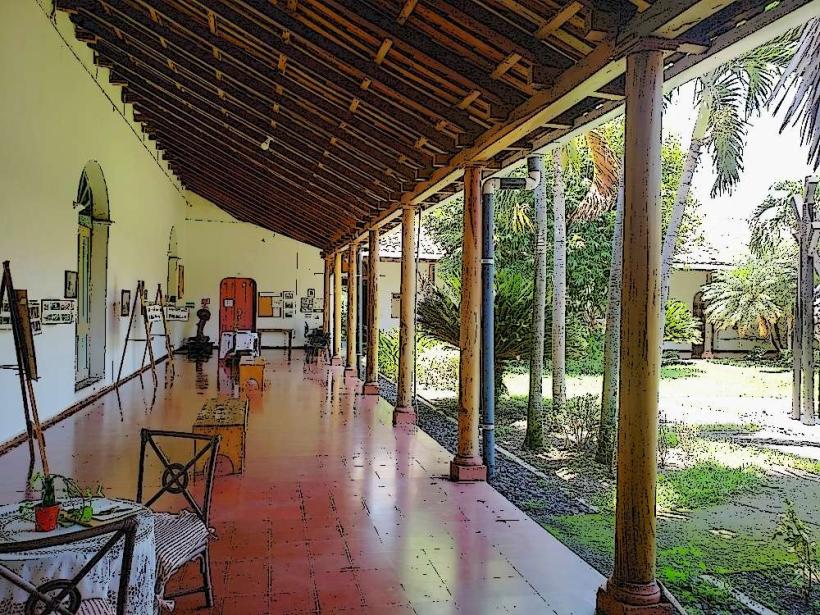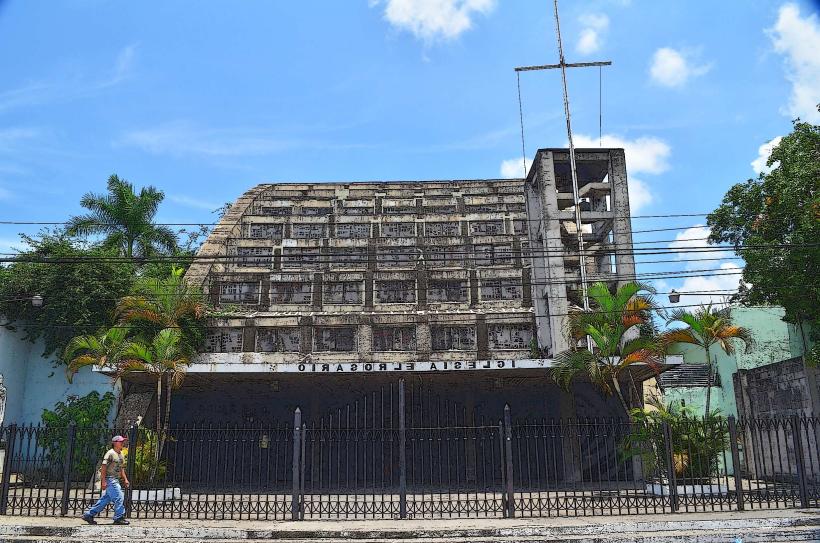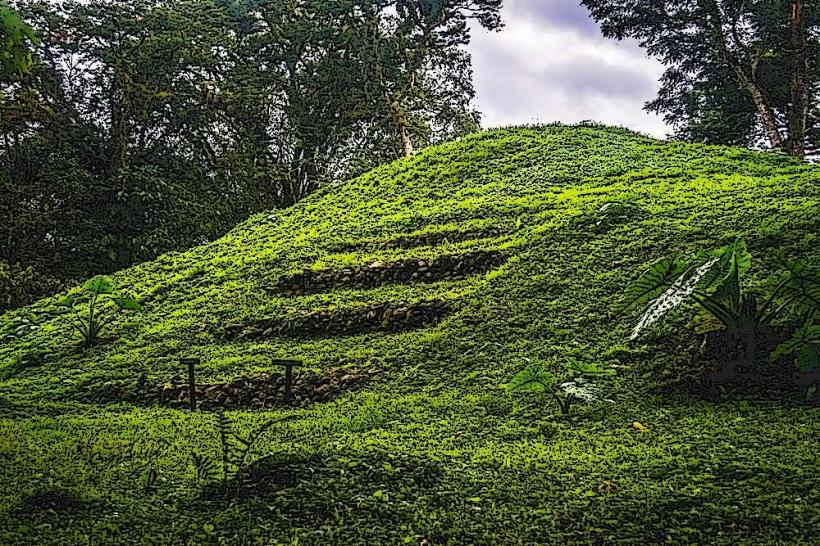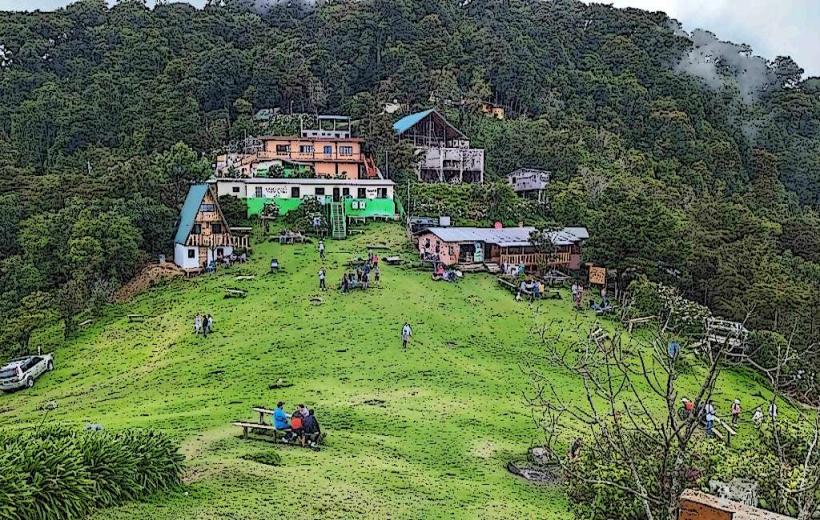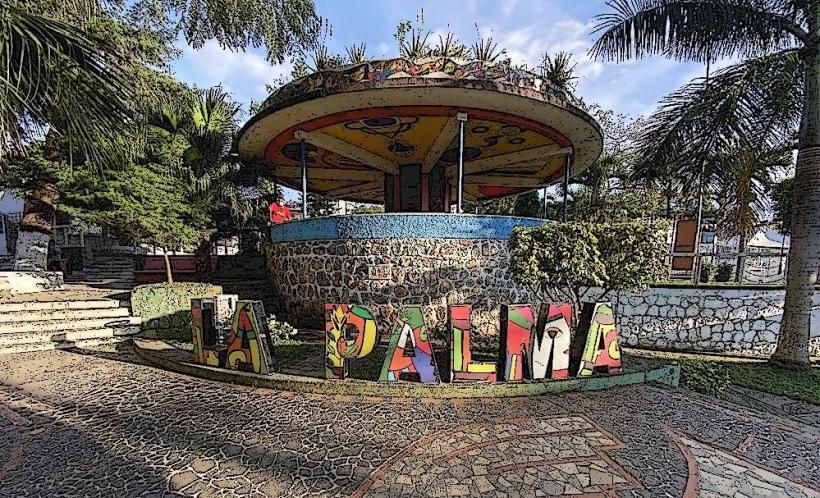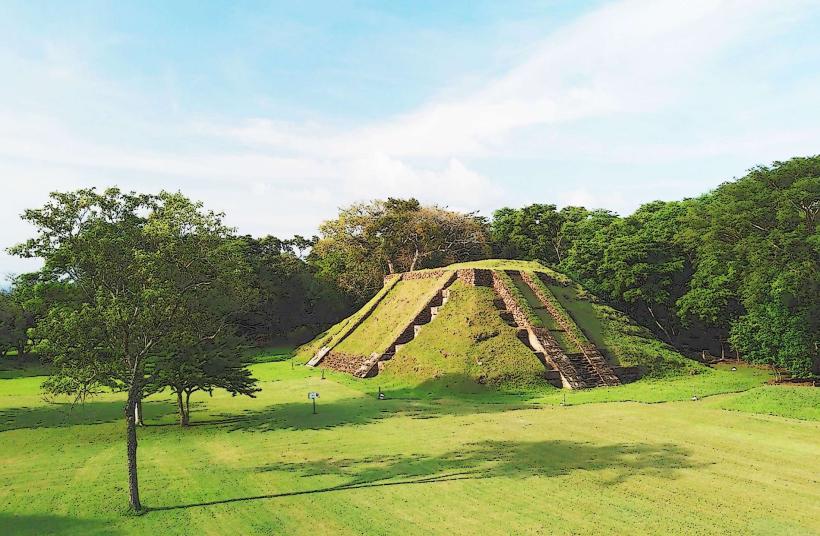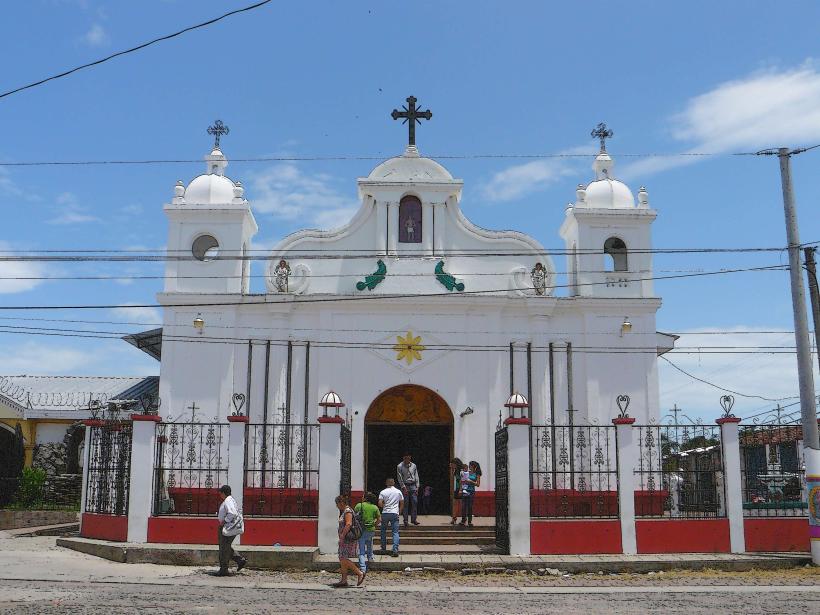Information
Landmark: Church of Santa LuciaCity: Suchitoto
Country: El Salvador
Continent: North America
Church of Santa Lucia – A Historical Gem in El Salvador
The Church of Santa Lucia (Iglesia de Santa Lucia) is one of the notable historical and architectural landmarks located in the town of Santa Lucia, in the San Vicente Department of El Salvador. The church is a great example of the colonial architecture that marks many of the country's churches and represents the religious history and cultural heritage of the region.
Historical Background
- The Church of Santa Lucia dates back to the colonial era and is a significant religious and cultural site for the people of Santa Lucia and the surrounding areas.
- The town of Santa Lucia was founded in the late 16th century, and the church was built around the same period, though some parts were reconstructed or expanded later on. It is dedicated to Saint Lucy, the Christian martyr, whose feast day is celebrated on December 13.
- Over the centuries, the church has been an important center for religious activities in the area, serving as a place of worship and community gatherings.
Architectural Features
1. Colonial Architecture
- The Church of Santa Lucia is a fine example of colonial architecture, with traditional features that include a stone facade, arches, and wooden beams. The building's design reflects the Spanish influence in El Salvador during the colonial period.
- The church’s simple yet elegant facade gives a sense of the era in which it was built, with its wooden doors, stone arches, and intricate carvings on the walls.
- Baroque-style elements can also be seen in certain parts of the church’s interior, particularly in the altar area, where golden details and sculptures adorn the space.
2. Interior Design
- Inside the church, visitors can admire the wooden pews, simple altars, and a beautiful altar piece dedicated to Saint Lucy. The altar is decorated with religious imagery and paintings that reflect the devotional practices of the time.
- Hand-carved wooden figures of saints are placed around the church, many of which were made by local artisans. These figures represent key religious figures in Catholicism, such as Jesus Christ, the Virgin Mary, and Saint Lucy herself.
3. Bell Tower
- The church’s bell tower is one of its most striking features. The tower is often seen towering over the town and can be recognized by its classic colonial style. It houses several bells, which have historically been used to mark significant events, such as masses, holidays, and other local celebrations.
Cultural and Religious Significance
1. Religious Center
- The Church of Santa Lucia has been a central part of religious life in the town and surrounding region for centuries. It continues to serve as a site for masses, weddings, baptisms, and other religious ceremonies.
- Every year, the church plays a major role in the celebration of the feast day of Saint Lucy on December 13. This event attracts many pilgrims and visitors to the town, where special services, processions, and cultural activities take place.
2. Community Hub
- Beyond its religious function, the Church of Santa Lucia has long served as a hub for the community. Over the years, it has hosted local festivals, cultural events, and community gatherings, making it an important focal point in the life of the town.
Visitor Experience
1. Local Festivals and Celebrations
- The feast day of Saint Lucy is the highlight of the year for the church. On this day, the town comes alive with religious processions, dances, and traditional music. Locals celebrate the day with much enthusiasm, and visitors to the church can witness the deep sense of devotion and community spirit.
- Other local festivals and celebrations, particularly those tied to Catholic holidays, are also observed with lively festivities that include street food, folk dances, and parades.
2. Architectural Exploration
- Visitors interested in architecture can take a walk around the church to admire its colonial-style construction and its preservation over the years. It’s a great spot for those interested in El Salvador’s colonial history and religious architecture.
3. Surrounding Area
- Santa Lucia is a peaceful town surrounded by rolling hills and lush landscapes, making it a pleasant destination for visitors looking to explore the surrounding natural beauty. Many visitors combine a trip to the church with a visit to nearby mountains, coffee farms, and other natural attractions in the San Vicente Department.
Conclusion
The Church of Santa Lucia is more than just a religious site; it is a historical treasure that reflects the cultural and architectural legacy of El Salvador during the colonial period. With its beautiful colonial architecture, historical significance, and role as a community hub, it remains a key part of the town of Santa Lucia’s identity. Whether you're visiting for religious purposes, to explore the architecture, or to experience the local festivals, the church offers a unique and enriching experience that connects visitors to the heart and soul of El Salvador’s cultural heritage.


